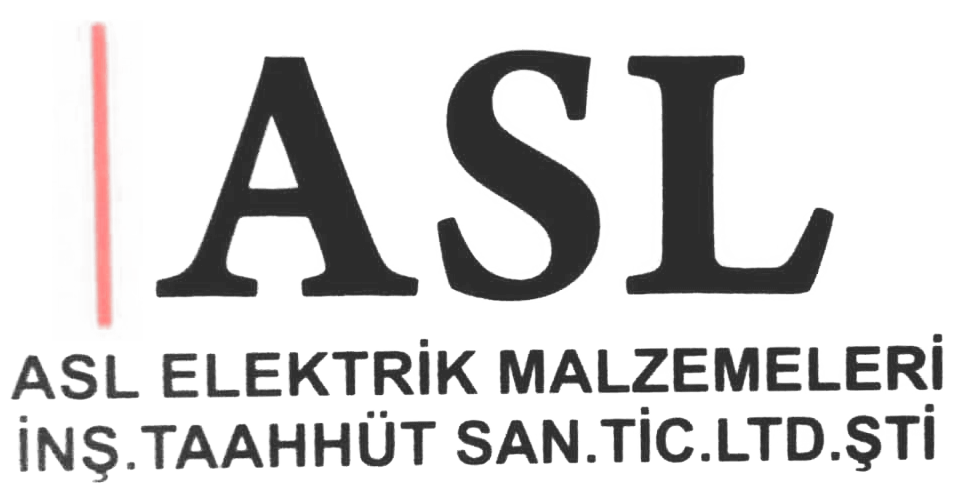We do not need to give the name of the primary key, because there can only be one key in the table. Consider an example of how to create a primary key using the ALTER TABLE operator in PostgreSQL. You can create a primary key in PostgreSQL using the ALTER TABLE operator.

This feature allows for efficient load balancing across multiple PostgreSQL instances. Whether it’s distributing read operations or ensuring that no single instance is overwhelmed, this feature ensures that PostgreSQL deployments are more resilient and efficient than ever before. Load balancing is crucial for optimizing database operations, especially in environments with high traffic. PostgreSQL 16 introduces the load_balance_hosts feature, which is a significant improvement to libpq. PostgreSQL 16 introduces significant logical replication improvements to its foundational replication feature.
How to add an auto-incremented primary key to an existing table
We will use this database in our PostgreSQL tutorials, so make sure you load it to your server. As evident from the prose above, Postgres makes a strong case for it to be used as your primary analytics database. Unless you have TBs of data and requires a database with horizontal scaling, there are few reasons why someone might get tempted to look over Postgres. In case you decide to go with Postgres, you will need an ETL framework to move your data from different sources to Postgres.
There are active PostgreSQL clusters in production environments that manage many terabytes of data, and specialized systems that manage petabytes. The data type is defined as the type of data that any column or variable can store in MS SQL Server. 5 Database management trends impacting database administrationIn the realm of database management systems, moreover half (52%) of your competitors feel… In this example, we created a primary key for an existing order_details table named order_details_pk.
PostgreSQL vs. SQL Server:
In general words, the foreign key in PostgreSQL is defined as the first table referencing the second table’s primary key. The table name states that the child table contains the foreign key, and another table with a foreign key reference is called the parent table. Both databases support basic SQL data types such as integers, strings, dates, and more.

These are also the most acclaimed open source relational databases. Hence, IT companies, governments, NGOs, and independent database developers freely use these databases with their own modifications. Supports relational databases as well as JSON files and unstructured data.
PostgreSQL Tutorial
Let the experts handle the intricacies, allowing you to focus on what you do best. Experience the future of databases with PostgreSQL 16 and Scalegrid. Bulk loading, the process of importing large volumes of data into a database as efficiently as possible, is crucial for many applications, especially when migrating data or setting up new systems. With the increasing demands of modern applications, the ability to load data concurrently – that is, in parallel execution – becomes even more vital. The enhancements in JSON operations ensure that developers can work with JSON data formats more efficiently. With ScaleGrid’s managed PostgreSQL DBaaS solution, businesses can effortlessly scale their workloads, gain actionable insights, and ensure optimal data management.
- Security-oriented connection parameters have been enhanced, providing a safer environment for data storage and retrieval.
- This is why, to extend their operations, companies are hiring R specialists with experience as they recognize the importance of these skills in the success of their business.
- This can help developers to build applications that can handle large volumes of data and heavy workloads, without compromising the performance or the user experience.
- It can be utilized to take care of large amounts of data and its processing like generating reports and analysing data.
- This type of cluster offers increased scalability, high availability, and database replication.
Table 9.50 shows the operators and methods available in jsonpath. Note that while the unary operators and methods can be applied to multiple values resulting from a preceding path step, the binary operators (addition etc.) can only be applied to single values. Filter expressions must be written just after the path evaluation postgresql vs mongodb step to which they should apply. The result of that step is filtered to include only those items that satisfy the provided condition. SQL/JSON defines three-valued logic, so the condition can be true, false, or unknown. The unknown value plays the same role as SQL NULL and can be tested for with the is unknown predicate.
Feature Matrix
This means that data can be recovered if anything goes wrong and that businesses can maintain a consistent level of performance. Ultimately, PostgreSQL clusters provide businesses with a secure and reliable data storage and retrieval platform. They offer scalability, high availability, and data replication, making them the perfect solution for businesses that need to expand their data storage and services rapidly. With PostgreSQL clusters, businesses can rest assured that their data will remain secure and accessible. One of the best key features of PostgreSQL is that it allows users to define their data types, including composite types, functions, and operators. This allows users to create custom data types that are tailored to their specific needs.

Additionally, PostgreSQL is more flexible with the ability to define user-defined types. Now that we have a basic understanding of what SQL Server and Postgres are, let’s compare and contrast their key features. Microsoft SQL Server is a powerful RDBMS developed by Microsoft. It provides an impressive variety of features suited for businesses and enterprise applications. My values are byte arrays and my key’s are strings, I could impose some restrictions on the lengths of these strings. Returns all JSON items returned by the JSON path for the specified JSON value.
PostgreSQL Queries
It is a completely managed ETL tool that can implement elaborate ETL pipelines with just a few clicks. Hevo can help aggregate data from all the sources, including on-premise and cloud-based sources. It can also integrate with cloud-based services like Salesforce, Marketo etc. Hevo also supports Postgres CDC out of the box and provides a point and click visual interface to enable change data capture. You would only need to point Hevo to the auto-incrementing column or timestamp column within your Postgres database.

You have finally connected your PostgreSQL database with R using RPostgreSQL. Once you’re finished experimenting with your PostgreSQL and R connection using RPostgreSQL, you can terminate the connection using the following command dbDisconnect(connec). Read along the next section, to learn the steps to set up R & PostgreSQL workflow using RPostgreSQL. This table outlines which features were added in which version.
Postgres
Boltic also provides a range of additional services, such as monitoring and alerting, data replication, and performance optimisation. Boltic makes deploying and managing clusters easy with a user-friendly interface and intuitive workflow. Boltic is a powerful tool for monitoring PostgreSQL database clusters and is essential to ensuring that the system is performing optimally. By leveraging its system resource monitoring and analytics features, users can quickly identify and address any potential issues and ensure that the system is running optimally. Boltic helps to simplify the process of monitoring PostgreSQL database clusters and makes it easier to scale. Through replication, businesses can ensure that their databases are backed up and stored in multiple locations.
